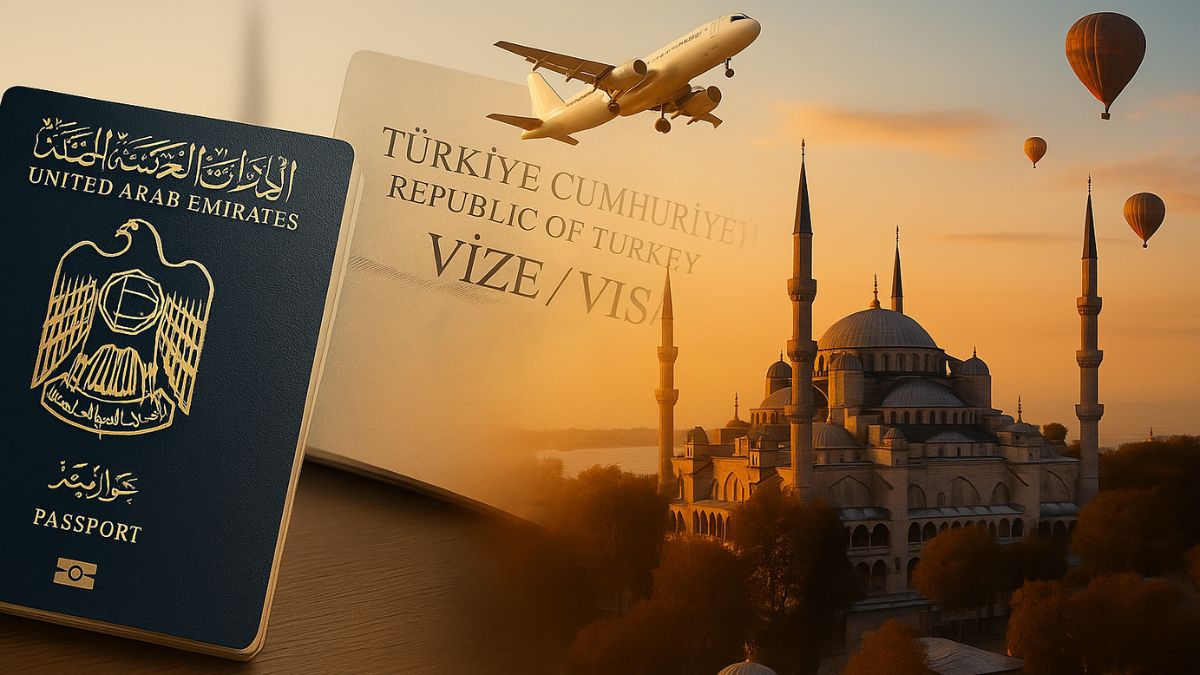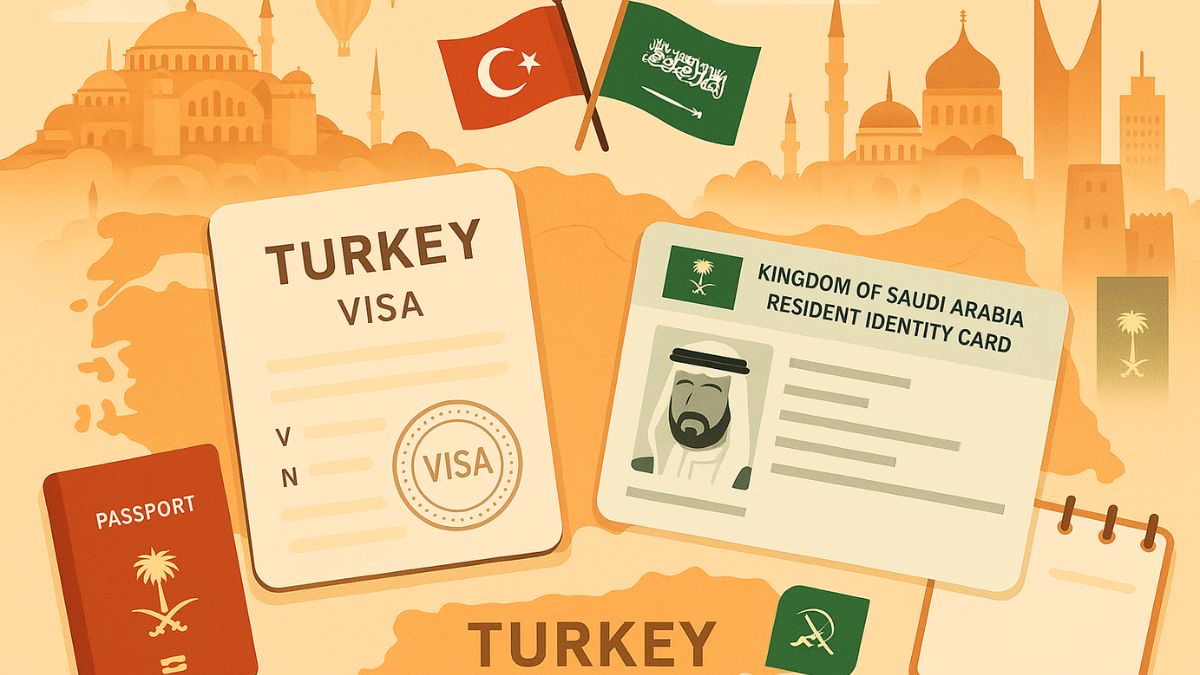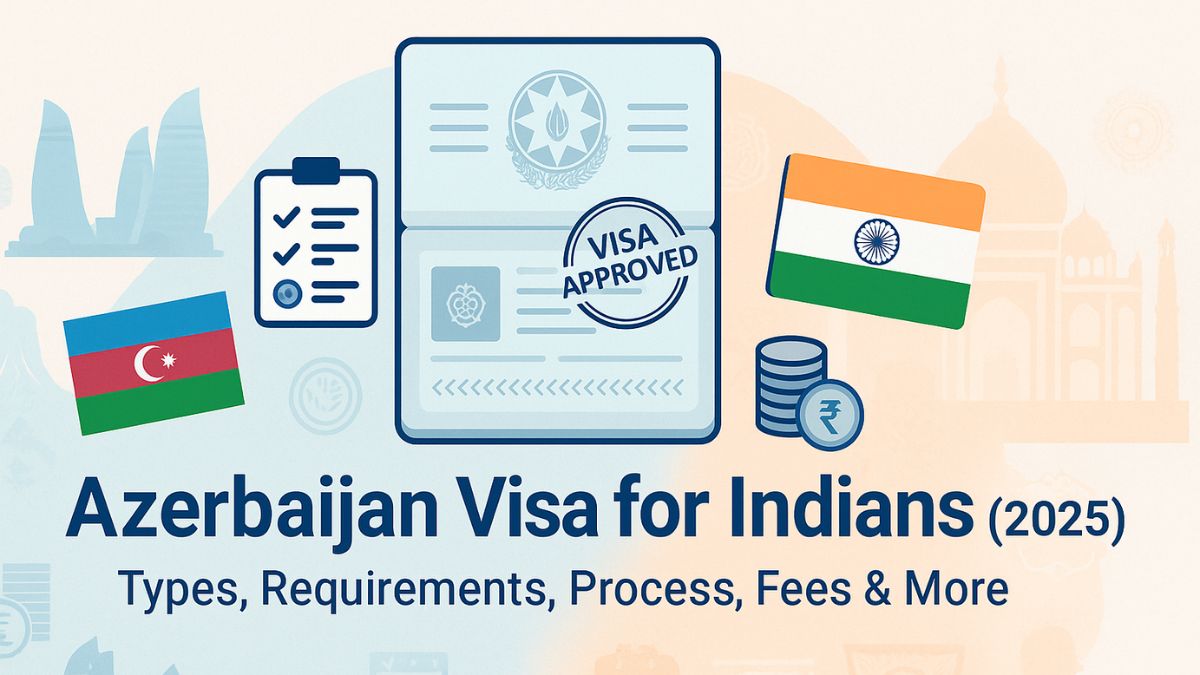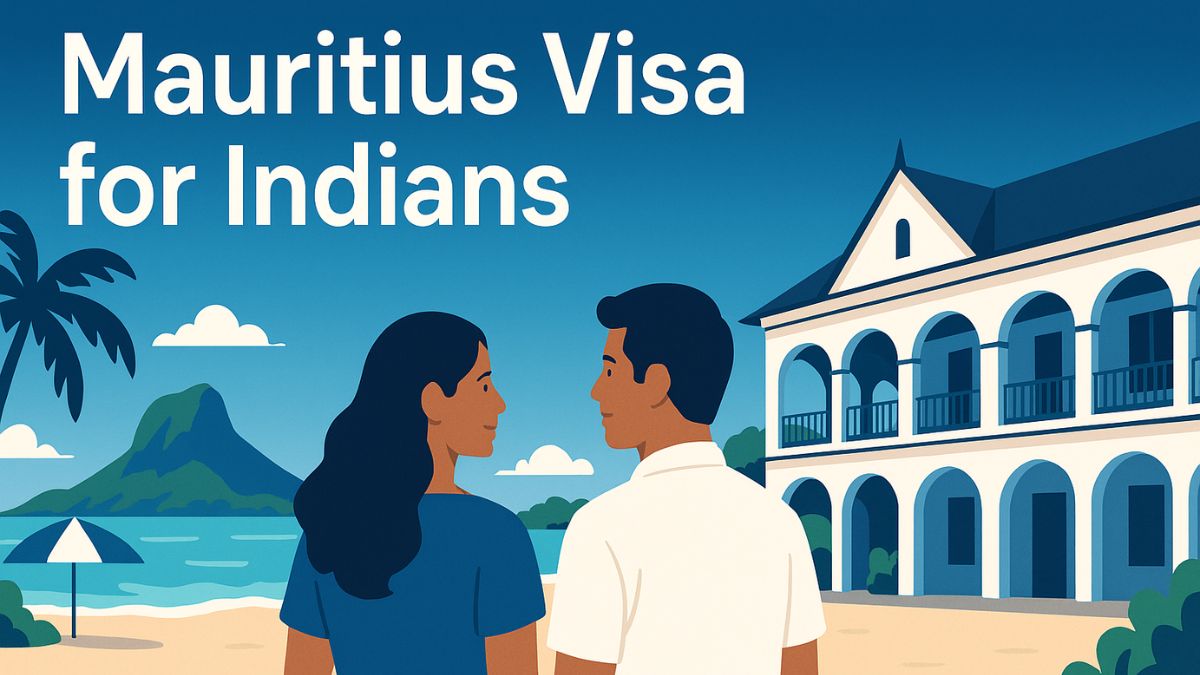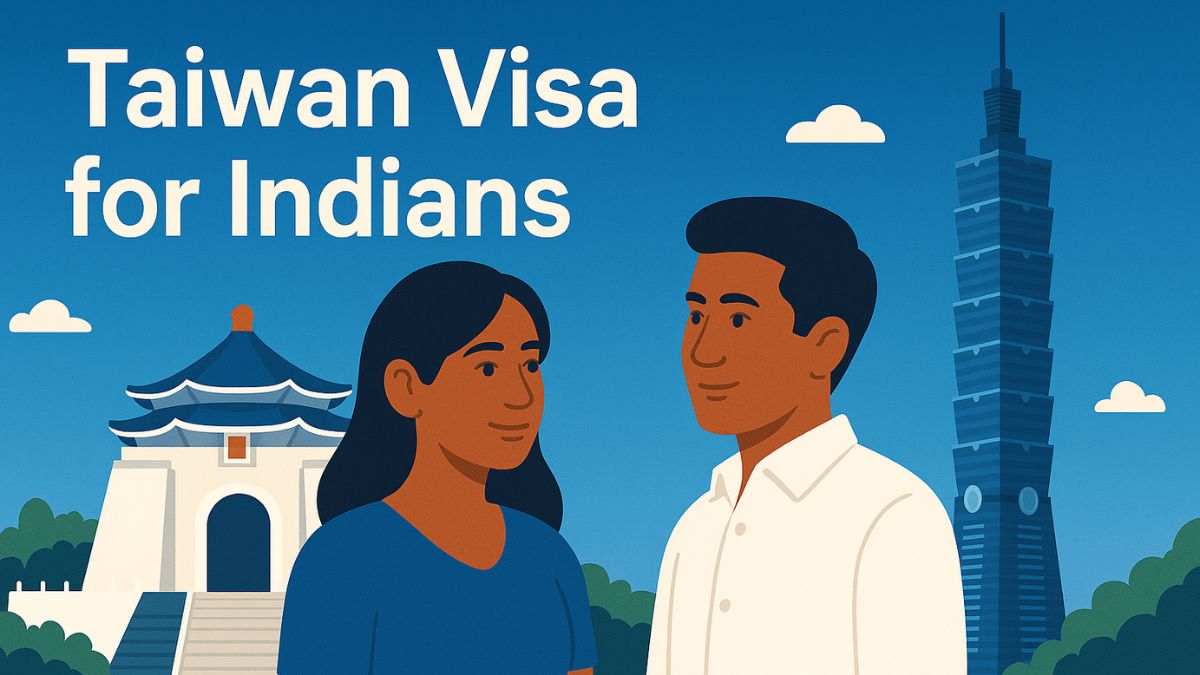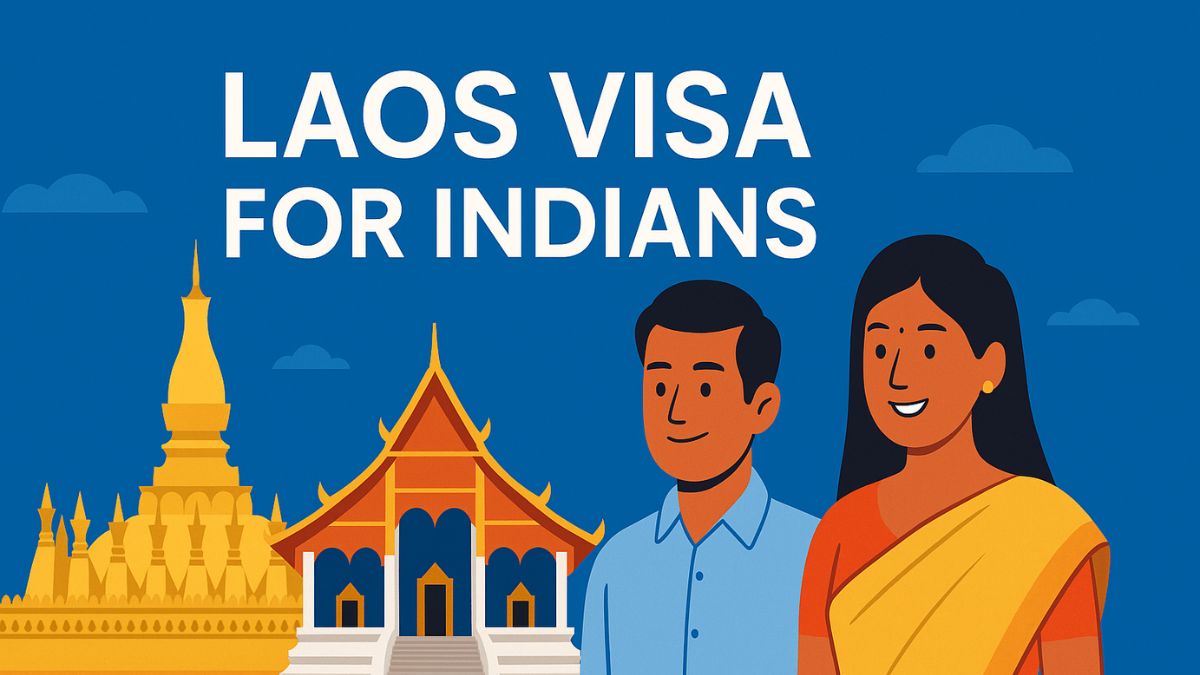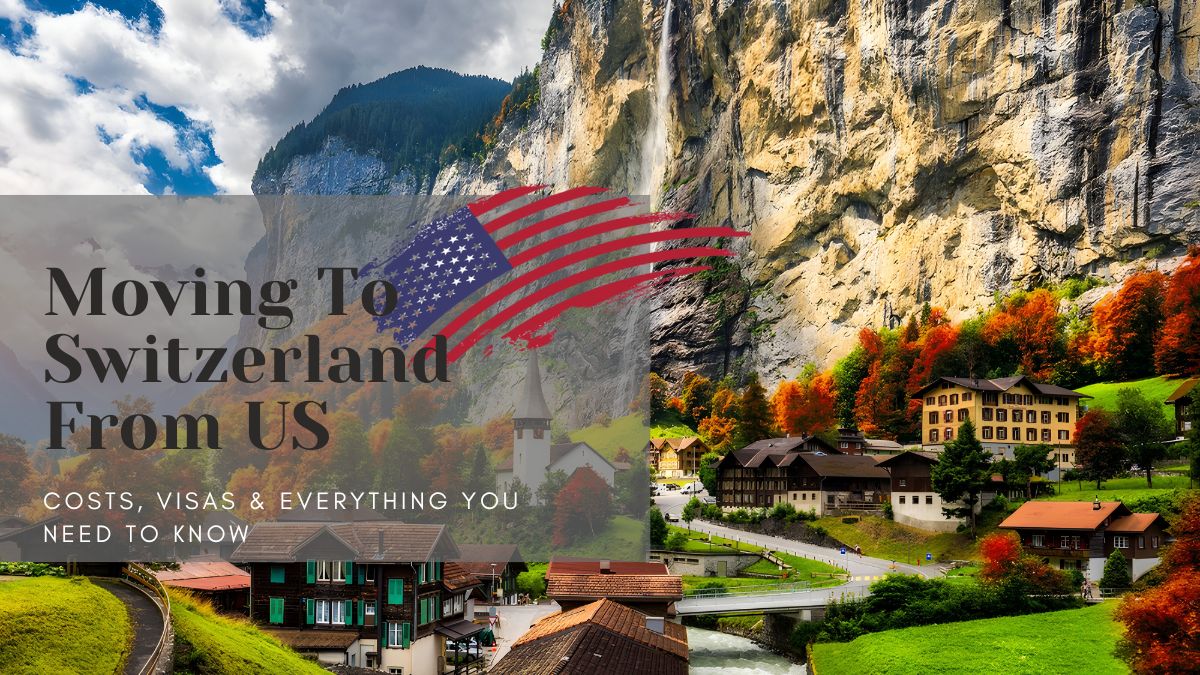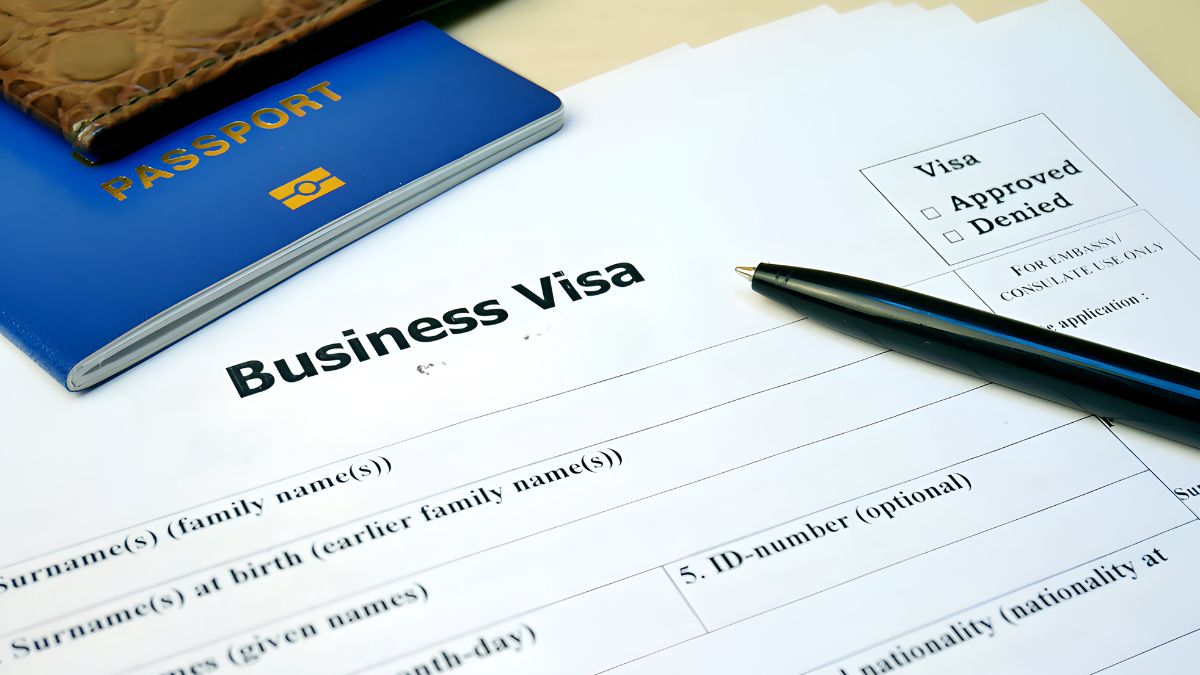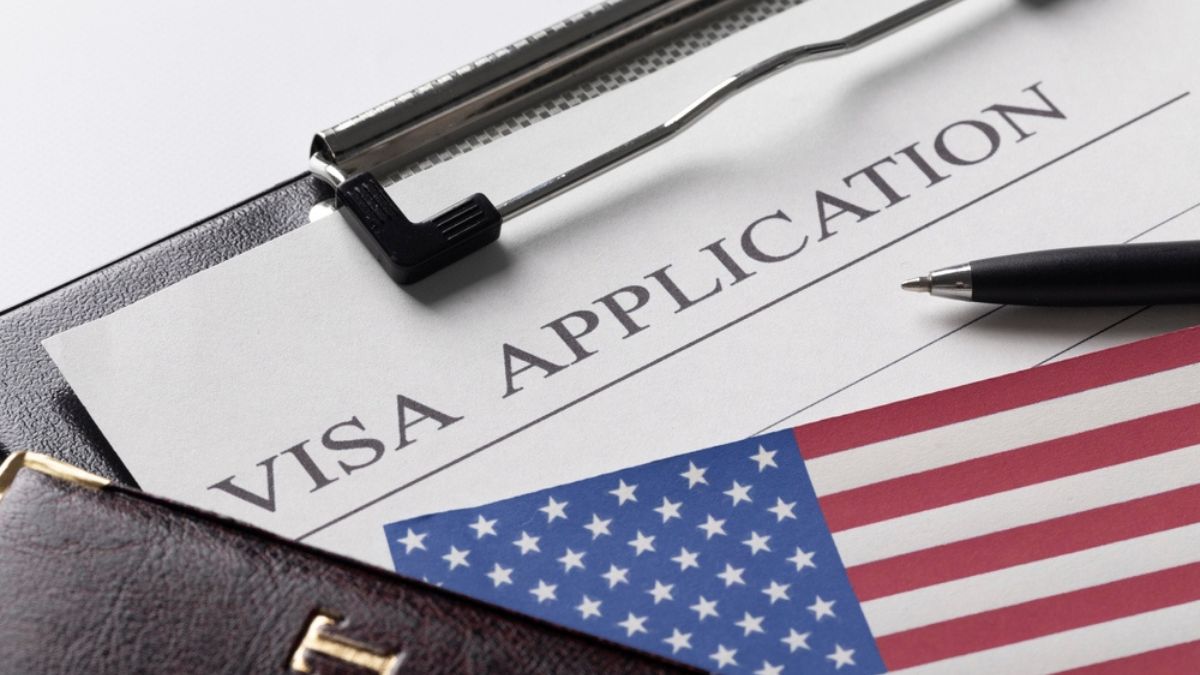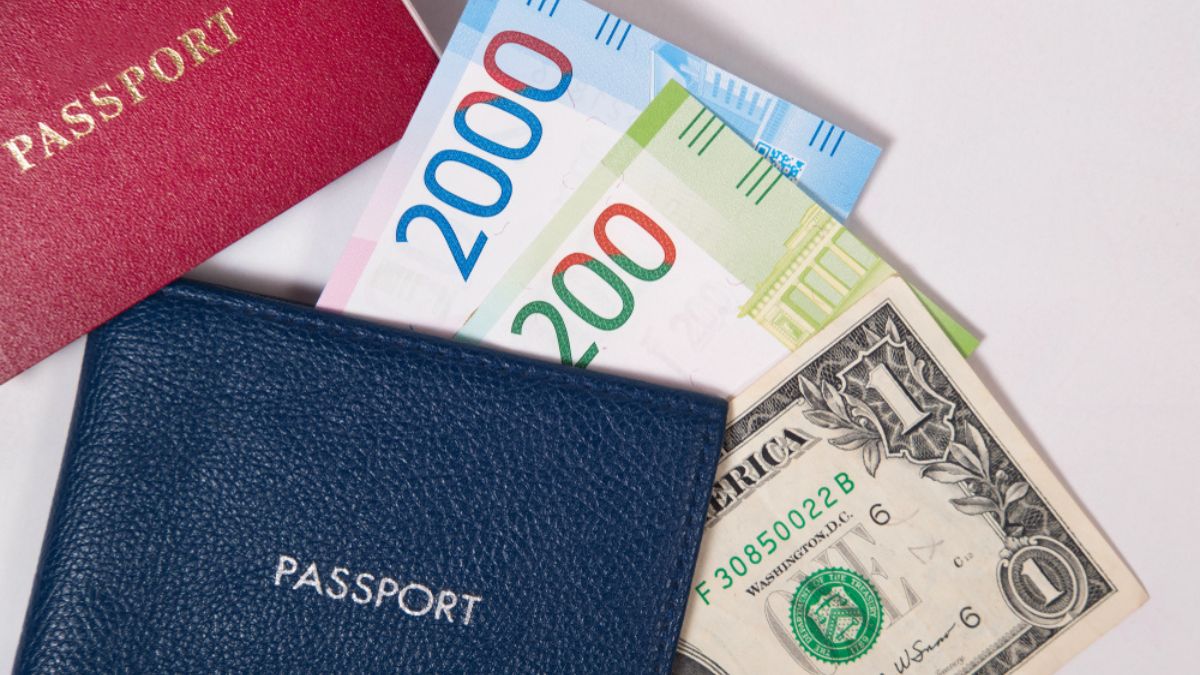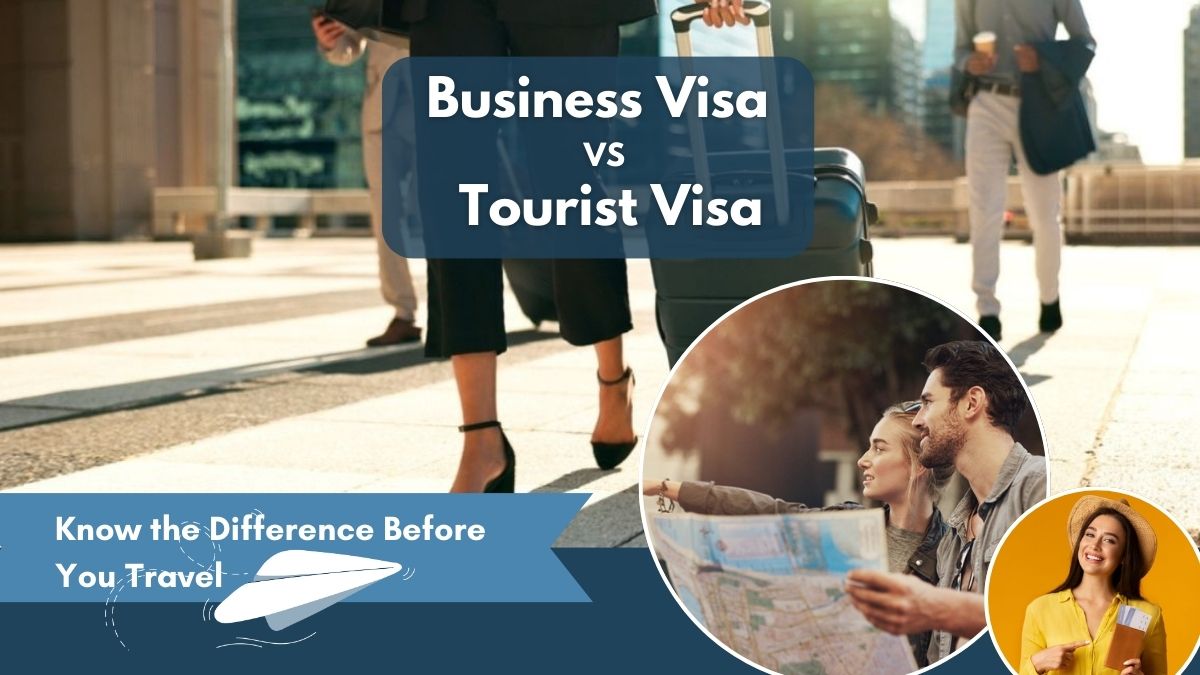
Traveling abroad requires the right visa, but many people are often confused between business visas and tourist visas. These two visa types serve completely different purposes and come with distinct rules, benefits, and limitations. While a tourist visa is ideal for leisure, sightseeing, or visiting family, a business visa is essential for work-related activities such as attending meetings or exploring potential investments.
Understanding the difference is critical to avoid complications during your trip. Applying for the wrong visa can lead to entry denials, legal troubles, or missed opportunities. In this post, we’ll break down the key differences between a business visa and a tourist visa, helping you choose the right one for your travel needs.
What Is a Business Visa?
A business visa allows individuals to travel to a foreign country for professional activities. It’s intended for those engaging in work-related tasks, such as:
- Attending business meetings, conferences, or trade fairs
- Negotiating deals or forming partnerships
- Exploring markets for business expansion
Business visas often require supporting documents, such as a letter of invitation from a host company, proof of employment, and a detailed travel itinerary. Depending on the country, these visas may offer options for single or multiple entries and are usually valid for short-term stays.
What Is a Tourist Visa?
A tourist visa, on the other hand, is designed for leisure and personal travel. It allows individuals to visit a foreign country for activities like:
- Vacation and sightseeing
- Visiting friends or family
- Cultural or recreational purposes
Tourist visas generally have simpler application processes and fewer documentation requirements compared to business visas. However, they strictly prohibit any form of business or professional activity, and violating these terms can result in legal consequences.
Key Differences Between Business and Tourist Visas
1. Purpose of Travel
- Business Visa: For professional purposes, including meetings, trade shows, and networking.
- Tourist Visa: For leisure, sightseeing, or personal visits.
2. Eligibility and Documentation
- Business Visa: Requires proof of employment, an invitation letter from a host company, and sometimes a business itinerary.
- Tourist Visa: Typically requires a valid passport, travel itinerary, and proof of sufficient funds for the trip.
3. Permitted Activities
- Business Visa: Allows professional activities but not employment or long-term work.
- Tourist Visa: Only permits recreational or personal travel; no business activities are allowed.
4. Validity and Duration
- Business Visa: Validity and duration vary but are generally shorter, often tied to the purpose of the visit.
- Tourist Visa: Typically valid for a longer period, with flexibility for multiple entries.
5. Application Process
- Business Visa: Requires additional documentation and may involve scrutiny of your professional background.
- Tourist Visa: Easier to apply for, with fewer requirements and faster approvals in most cases.

Why Choosing the Right Visa Matters
Choosing the wrong visa can lead to serious consequences, such as being denied entry at immigration or facing penalties for engaging in prohibited activities. For example, conducting business meetings on a tourist visa is a violation of immigration rules in many countries. Similarly, attempting leisure activities on a business visa may raise red flags with authorities.
Understanding the purpose of your trip and aligning it with the appropriate visa type ensures smooth travel and compliance with legal requirements.
Final Thoughts
Knowing the difference between a business visa and a tourist visa is essential for a hassle-free international trip. Each visa serves a distinct purpose, and applying for the right one not only simplifies your journey but also ensures compliance with immigration laws.
Plan your perfect getaway with tourist visa tips and travel guides on our blog. Stay informed, stay inspired!


